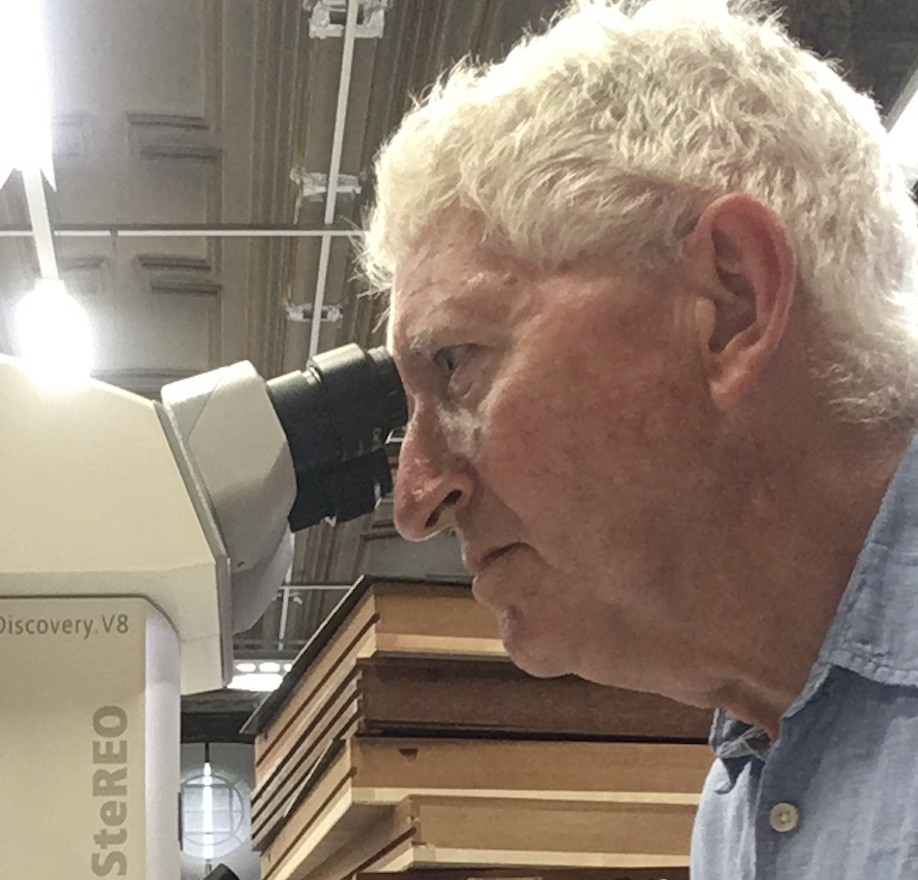What is a wasp and bee sting?
Their venoms are highly complex chemical cocktails combining multiple small protein molecules, enzymes and nerve agents. Protein-destroying polypeptide enzymes rupture the flesh and destroy blood cells, while histamines increase blood flow, flushing the venom further into the body, causing swelling and redness. Neurotransmitters confuse and over-stimulate nerves, creating not only the stabbing or burning sensation, but also throbbing and numbness.
The venom itself is remarkably toxic. A single sting may inject only 15µg (that’s 1/65,000 of a gram) of poison, and yet it still really hurts. Half a dozen stings and most people need a sit down with a cup of tea. Multiple stings can cause alarming swelling, nausea, vomiting, dizziness and confusion. Anybody receiving 100 stings should urgently seek medical attention to prevent kidney or liver damage from the venom circulating in the blood.
Can bee or wasp stings cause death?
There is no anti-venom like those used to treat snake bites, but dialysis can remove the toxins and stabilise a patient. An average adult weighing 60–80kg would be lucky to survive 1,000 stings and there are regular reports of deaths beyond 1,200. Most people on the receiving end of multiple stings are rural farm-workers in underdeveloped nations who stumble upon a nest and cannot get away to find shelter.
Thankfully, anaphylactic shock is extremely rare. Such a huge, overwhelming response by the body’s immune system, with its massive release of histamines and other inflammatory proteins, causes breathing difficulties, low blood pressure, interference with the heart muscles and internal bleeding. It can be fatal without immediate medical intervention – usually an adrenaline injection. But many more people get anaphylaxis from foods such as peanuts or from drugs, including penicillin, than from wasp stings.
Which species of bees and wasps have the most painful stings?
US entomologist Justin Schmidt formulated a pain index while studying the biology of stinging insects.
Pain level 4
Excruciating agony – shocking, fierce.
Pain that makes you just want to lie down and scream. Tarantula hawk (a large spider-hunting wasp, family Pompylidae), bullet ant, Paraponera clavata (below), and warrior wasp, Synoeca septemtrionalis. “Like walking over flaming charcoal with a three-inch nail embedded in your heel.”
Pain level 3
Very strong pain that can last up to half an hour. Paper wasps (Polistes species), velvet ants (family Mutillidae, actually furry wingless wasps), very large bull (Myrmecia) or harvester (Pogonomyrmex) ants. “After eight unrelenting hours of drilling into that ingrown toenail, you find the drill wedged into the toe.”
Pain level 2
Sudden stabbing pain, giving way to an aching throb. Honeybee, Apis mellifera, bumblebees (Bombus species), social wasps (Vespula and Dolichovespula species) and American bald-faced hornet, Dolichovespula maculata. “Hot and smoky, almost irreverent. Imagine WC Fields extinguishing a cigar on your tongue.”
pain level 1
Any pain is minor and short-lived, lasting five minutes or less. Sweat bees (small Halictus and Lasioglossum species) and red ants such as Solenopsis and Myrmica species. “Light, ephemeral... a tiny spark has singed a single hair on your arm.”
How to treat a bee or wasp sting
Seek immediate medical attention for stings inside the mouth or throat (which might cause an airway blockage), for multiple stings that cause serious swelling, or if you suffer strong allergic reaction or anaphylactic shock.
Otherwise…
- Make sure that the entire sting is removed from the skin – use fine forceps or scrape with a knife edge. Don’t use finger and thumb.
- Wash the wound using plenty of soap and water.
- Apply a cold compress – either a wet flannel or ice-pack.
- Do not scratch – this just encourages infection.
- Rub in anti-histamine cream if you’re susceptible to redness and swelling.
- Don’t bother with balsamic vinegar, baking power, cucumber slices, onion pieces or other half-baked folk remedies.
How to avoid being stung
- Do not deliberately aggravate wasps or bees, or pick one up between finger and thumb.
- Do not swat a wasp visiting your food. This releases a pheromone scent attracting nest-mates.
- Do not flap or flail – this just scares and alarms them more. Try to stay calm!
- Move well away from the nest that you have almost certainly approached, even if inadvertently.
- Enjoy watching wasps and bees visiting flowers peacefully. They’ll ignore you.
